Have you ever looked into your senior cat’s eyes and wondered if they’re silently struggling? Cats are masters of disguise when it comes to pain, often hiding their discomfort until it’s nearly unbearable. It’s heartbreaking to think that our beloved companions could be suffering in silence while we miss the subtle signals. As devoted cat lovers, we want nothing more than to keep our furry friends comfortable and happy in their golden years. Recognizing the signs early can make all the difference—sometimes, it’s the smallest change that reveals the biggest secret. Let’s uncover the clues together and make sure our senior cats get the care and comfort they truly deserve.
1. Sudden Changes in Appetite
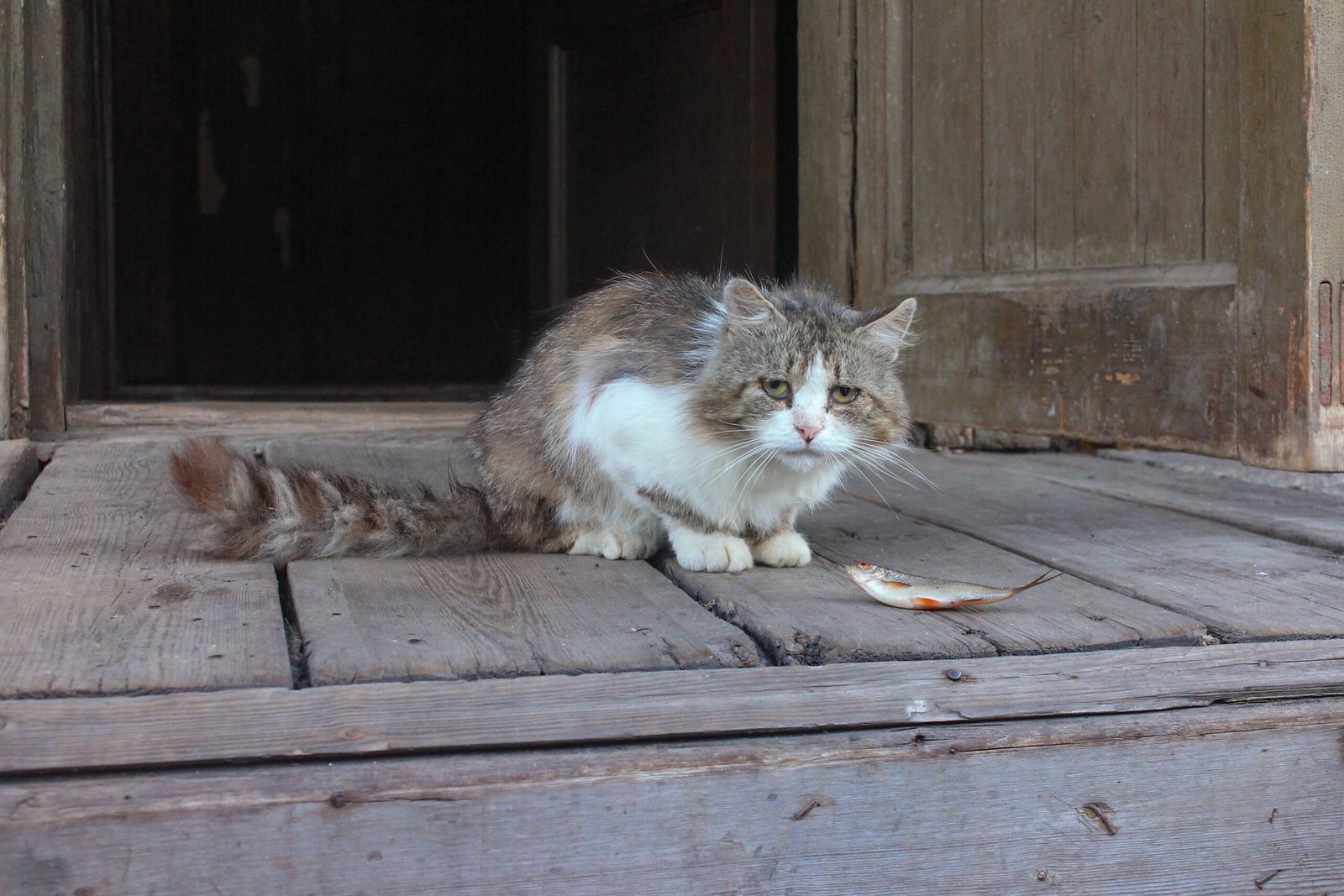
One of the first and most obvious signs that something may be wrong with your senior cat is a sudden change in their eating habits. Maybe your once-hungry feline is now barely picking at their food, or perhaps they’re suddenly ravenous at every meal. Both extremes can signal underlying issues. A loss of appetite might point to dental pain, kidney disease, or even cancer. On the flip side, increased hunger can be a red flag for conditions like hyperthyroidism or diabetes. If you notice your cat’s food bowl is staying full or emptying too fast, it’s time to pay attention. Even subtle shifts are worth mentioning to your vet, as cats rarely change their eating patterns without a reason.
2. Weight Loss or Gain
Weight changes in older cats are often overlooked, especially if they happen slowly. But whether your cat is slimming down or bulking up, both can indicate underlying problems. Gradual weight loss might be due to muscle wasting, dental issues, or chronic diseases like kidney failure. A sudden gain could be related to fluid retention or metabolic changes. Run your hands along your cat’s sides—if you feel more bones than usual or, conversely, a sudden pudginess, it’s a sign something could be off. Keeping track of your cat’s weight regularly can help spot these changes early and get them the help they need before things get worse.
3. Hiding or Withdrawing
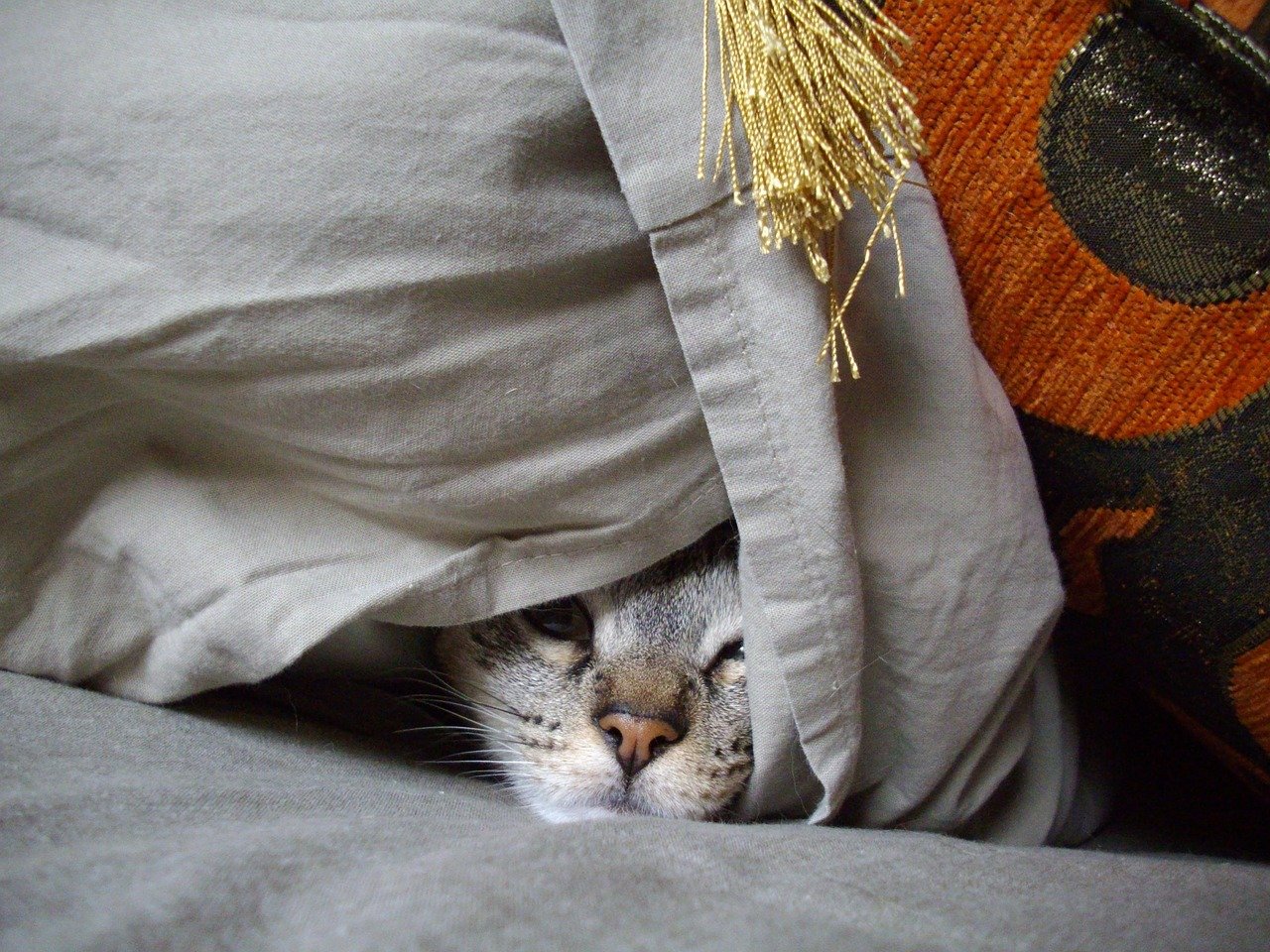
Cats are notorious for seeking solitude when they’re not feeling well. If your senior cat is suddenly spending more time under the bed, in closets, or in other hidden nooks, this can be a cry for help. Withdrawal from family members, less interest in play, or simply not being around as much could signal that your cat is hurting or feeling unwell. This behavior is a survival instinct—they hide to protect themselves when vulnerable. Pay close attention if your usually social cat becomes a recluse, as this shift often points to pain or illness that needs to be addressed.
4. Changes in Grooming Habits
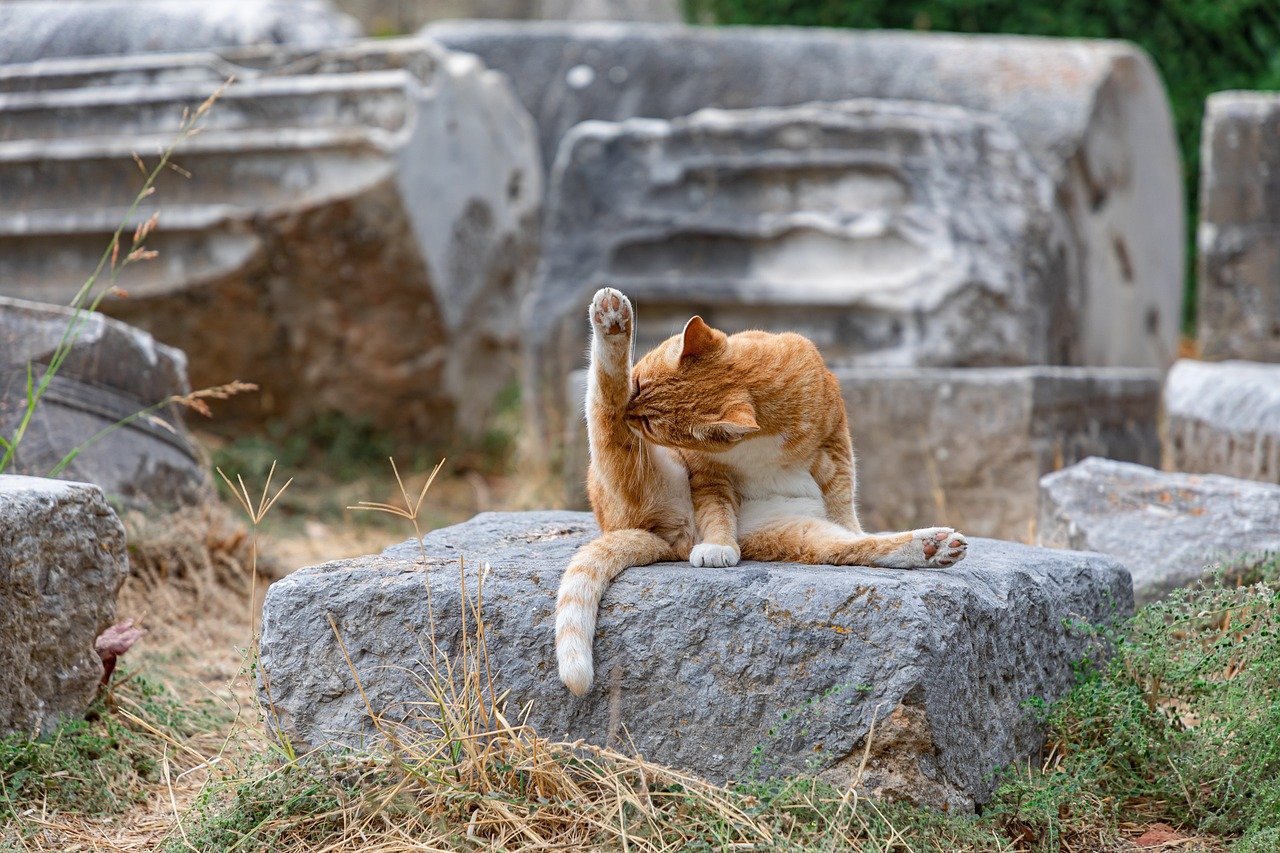
A well-groomed coat is a sign of a healthy cat. When your senior cat starts grooming less, or their fur looks messy, oily, or matted, it’s a strong indicator of distress. Painful joints, dental problems, or general fatigue can make self-care difficult. Sometimes, you might notice excessive grooming in one area, which can mean your cat is trying to soothe pain or irritation. If your cat’s fur has lost its shine or they seem disinterested in keeping clean, it’s time to look more closely at their health.
5. Unusual Litter Box Behavior
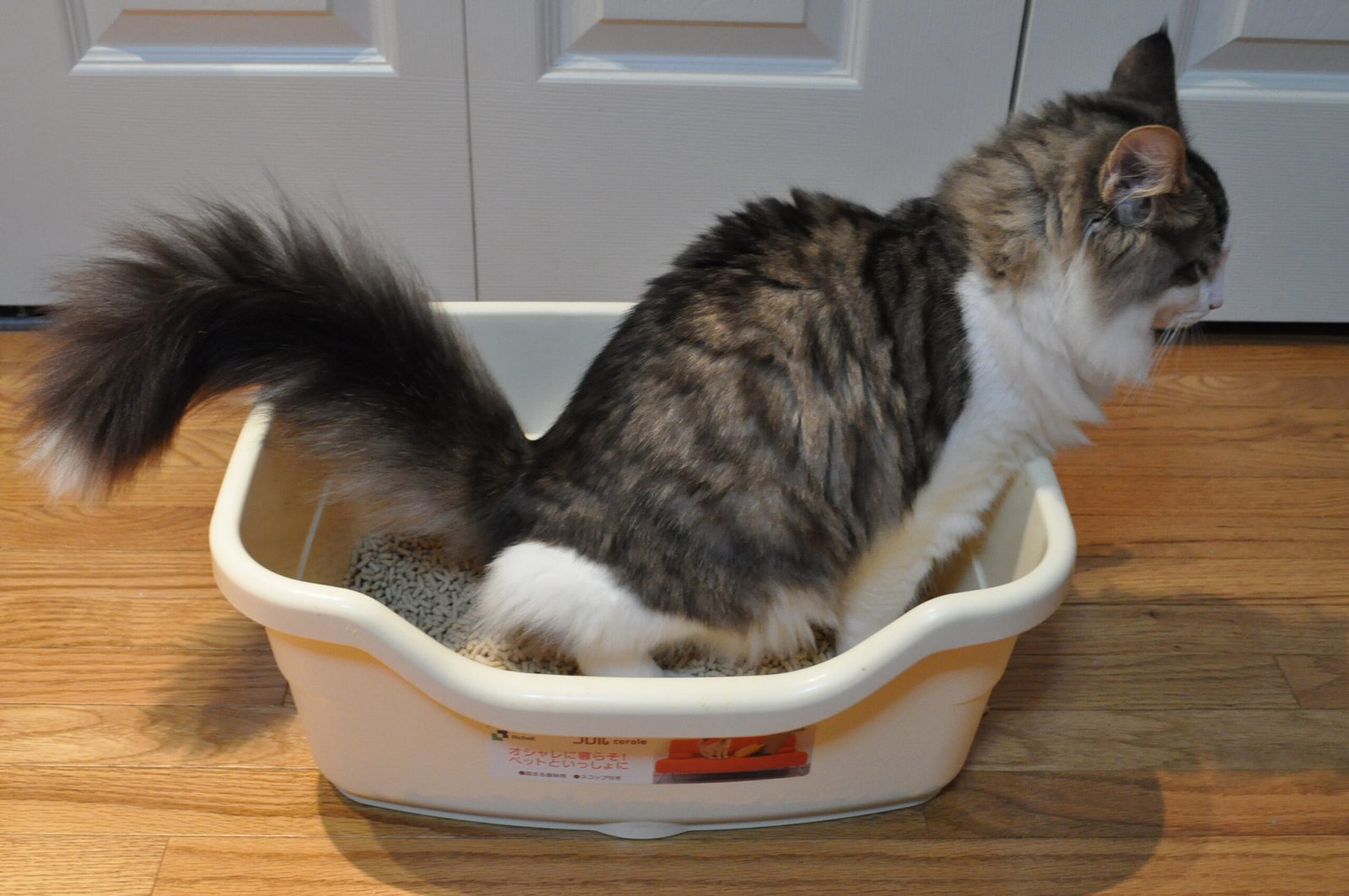
Changes in litter box habits are often a window into your cat’s well-being. Senior cats may start missing the box, urinating outside of it, or visiting more often than usual. These issues can be caused by arthritis, making it painful to climb into the box, or by conditions like kidney disease, diabetes, or urinary tract infections. If you’re finding more “accidents” around the house or your cat seems to struggle in the litter box, don’t brush it off as old age. It’s your cat’s way of telling you something isn’t right.
6. Decreased Mobility or Reluctance to Jump

If you notice your senior cat hesitating before jumping onto the couch or windowsill, or they’re moving more slowly than usual, it could be due to joint pain or arthritis. Cats may also avoid stairs or high surfaces they once loved. This change in mobility can be subtle at first, but it often gets worse if left untreated. Watch how your cat moves around the house—if they seem stiff, limp, or less agile, it’s a strong sign they’re hurting. Early intervention can help ease their discomfort and maintain their quality of life.
7. Vocalizing More or Less Than Usual
Cats communicate in mysterious ways, and changes in their vocal patterns can signal that something is wrong. If your senior cat is suddenly yowling at night, meowing more persistently, or becoming unusually quiet, pay close attention. Increased vocalization can be a sign of pain, anxiety, cognitive decline, or discomfort. On the other hand, if your usually chatty cat becomes silent, they might be too weak or uncomfortable to make noise. Any shift in how your cat talks to you deserves a second look.
8. Bad Breath or Drooling

Dental problems are incredibly common in older cats and often go unnoticed until they become severe. Bad breath, excessive drooling, or difficulty eating are all red flags that your cat could be suffering from dental disease, oral tumors, or other painful mouth conditions. A healthy cat should have relatively neutral-smelling breath and no trouble chewing. If your senior cat is pawing at their mouth, refusing hard food, or leaving wet spots where they rest their head, it’s time for a dental checkup.
9. Changes in Sleeping Patterns
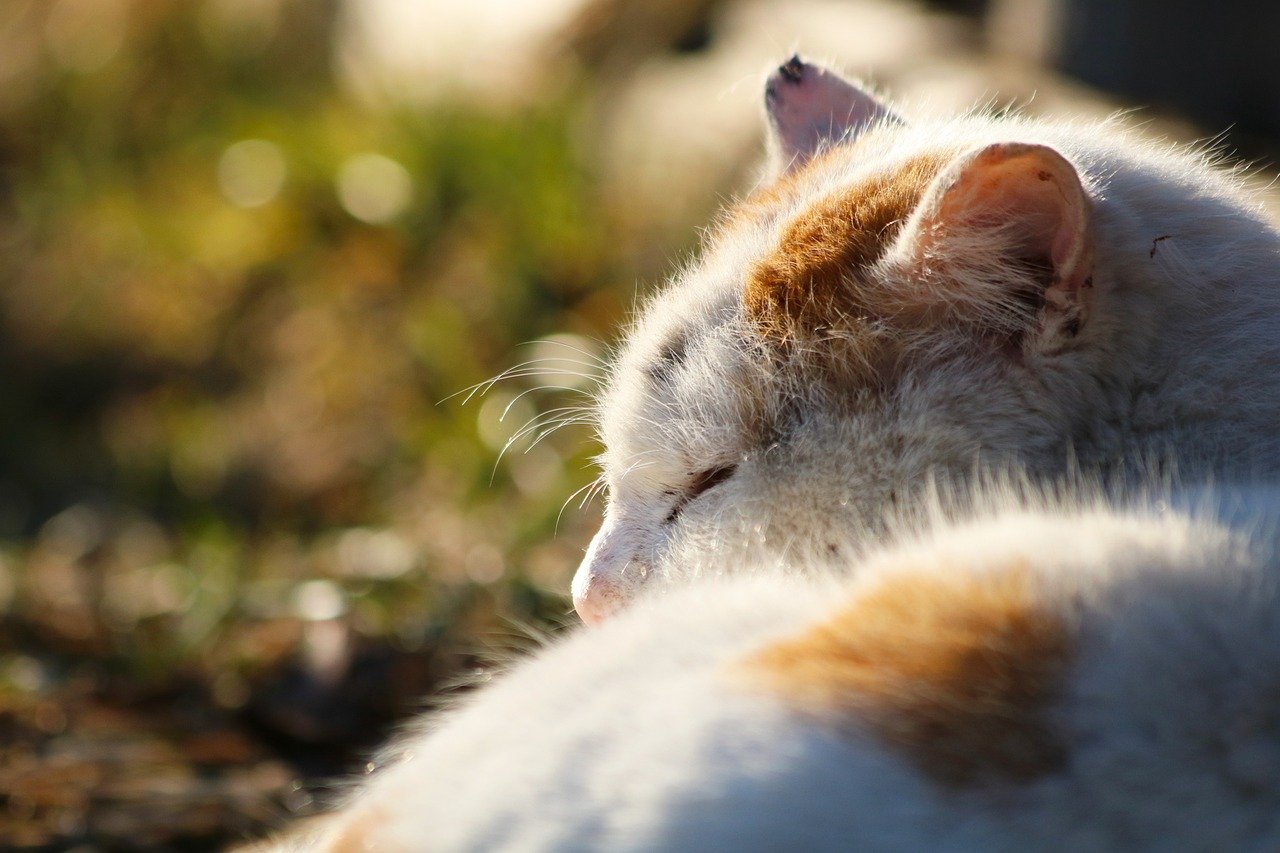
While it’s normal for older cats to sleep more, drastic changes in sleep habits can indicate trouble. If your cat is suddenly sleeping all the time, seems restless, or is awake and vocalizing at odd hours, these could be signs of pain or underlying medical issues. Restlessness might mean they’re uncomfortable, while excessive sleepiness could be a symptom of serious illness. Pay attention to how your cat is sleeping—are they curled up tightly, unable to get comfortable, or choosing odd spots? These little details can reveal a lot about how they’re feeling.
10. Increased Irritability or Aggression
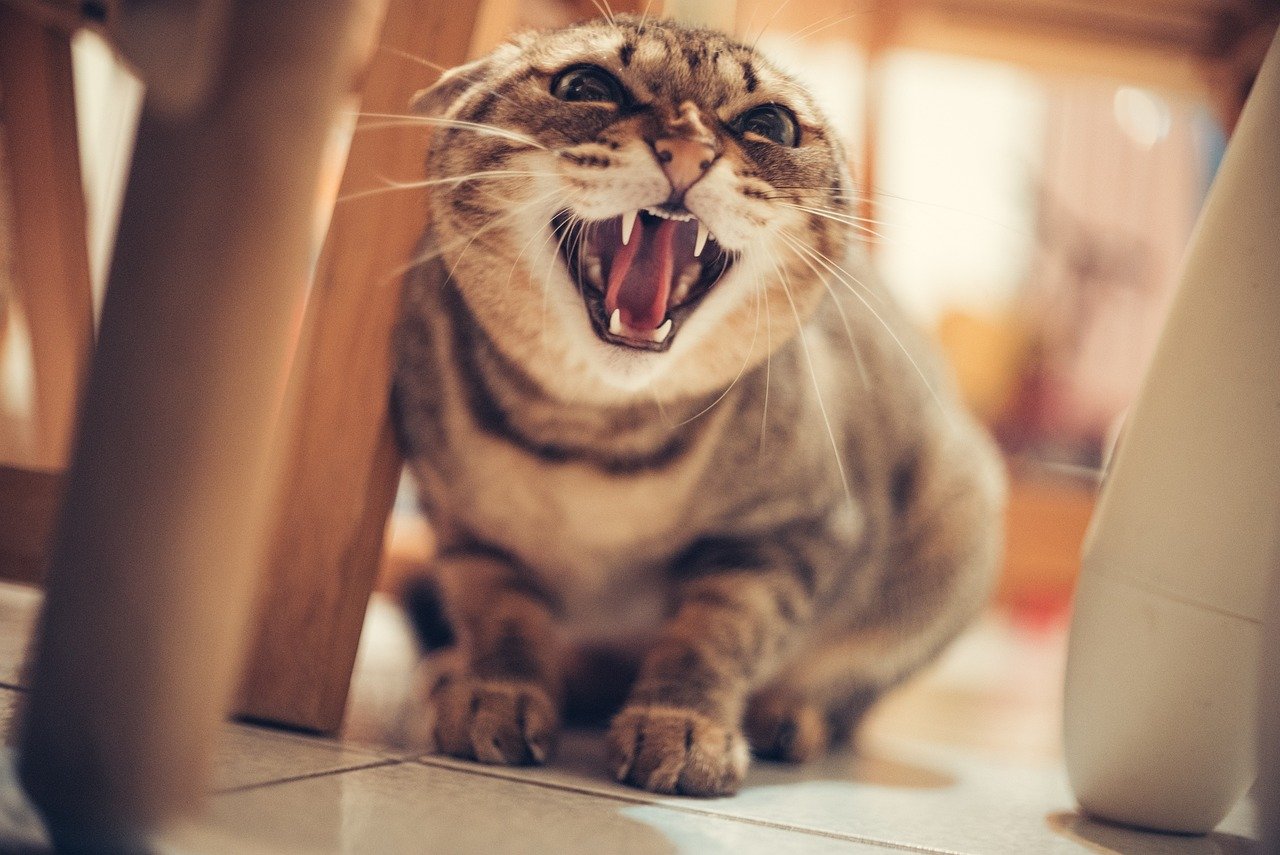
A sweet, gentle cat who becomes grumpy, snappy, or even aggressive may not just be having a bad day. Pain and discomfort often make even the friendliest felines lash out. If your senior cat starts hissing, swatting, or avoiding touch, especially in areas like the back or hips, it could be their way of saying “something hurts.” Changes in mood and tolerance are big red flags, especially in older pets. Always approach a suddenly irritable cat with care and consider a vet visit to get to the root of the problem.
11. Trouble Breathing or Coughing
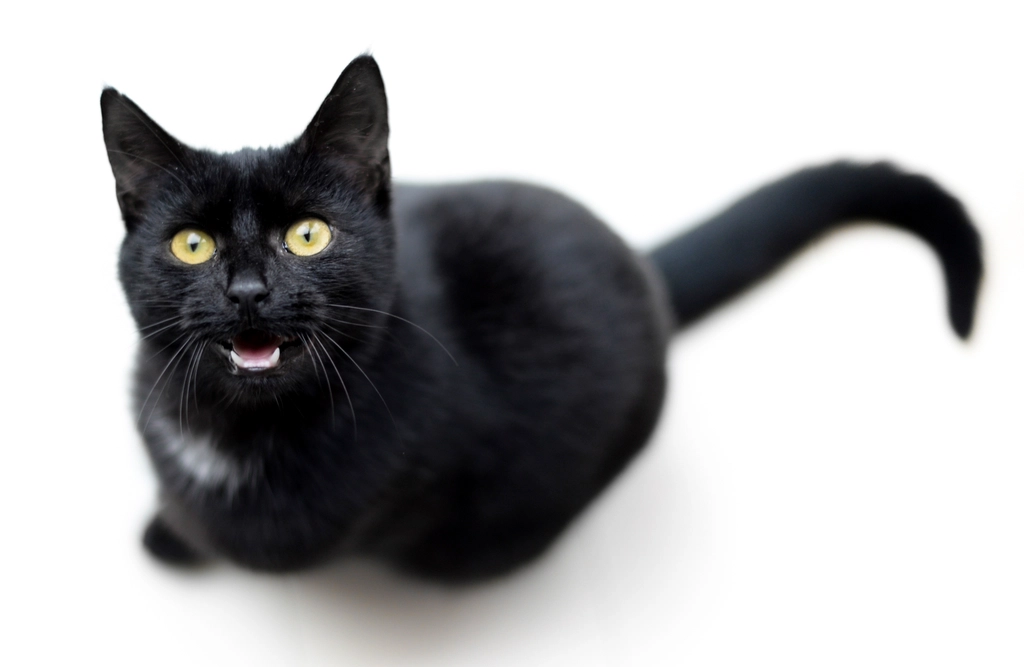
Breathing issues in older cats are always a cause for concern. If your cat is wheezing, coughing, or seems out of breath after minimal activity, it could signal heart disease, asthma, or even lung tumors. Sometimes, the signs are as subtle as a little extra effort to breathe or a new, persistent cough. Don’t ignore these symptoms—cats are experts at hiding respiratory problems until they become life-threatening. Watching your cat’s chest movements and listening for unusual sounds can help you spot trouble before it escalates.
12. Changes in Eyes or Vision
Paying close attention to your cat’s eyes can reveal a lot about their health. Cloudiness, redness, excessive tearing, or sudden changes in pupil size should never be ignored. Senior cats are prone to conditions like cataracts, glaucoma, or high blood pressure, which can all affect their vision. You might notice your cat bumping into things, hesitating in new environments, or struggling to find their food bowl. Regularly checking your cat’s eyes and watching for behavioral changes can help catch these issues early and preserve their quality of life.
Jen is a passionate nature lover and ocean conservationist. She has dedicated her life to protecting the environment and preserving the beauty of the natural world. Growing up in a small coastal town, Jen sincerely appreciated the ocean and its inhabitants. She has spent countless hours exploring the shoreline, learning about the creatures that inhabit the waters, and advocating for their protection. Jen is an active member of ocean conservation organizations, and she is committed to educating the public about the importance of conserving wildlife and the natural environment.






